Car Reviews from Irish Journalists

Rock n Roll Star - Defender partners with Oasis Live
Landrover Defender Announced as Official Automotive Partner for Oasis Live ’25 Global Tour

GEV Technologies Powers Smarter EV Charging for Fleets and Businesses
Wicklow-based GEV Technologies is helping Irish businesses transition to EVs
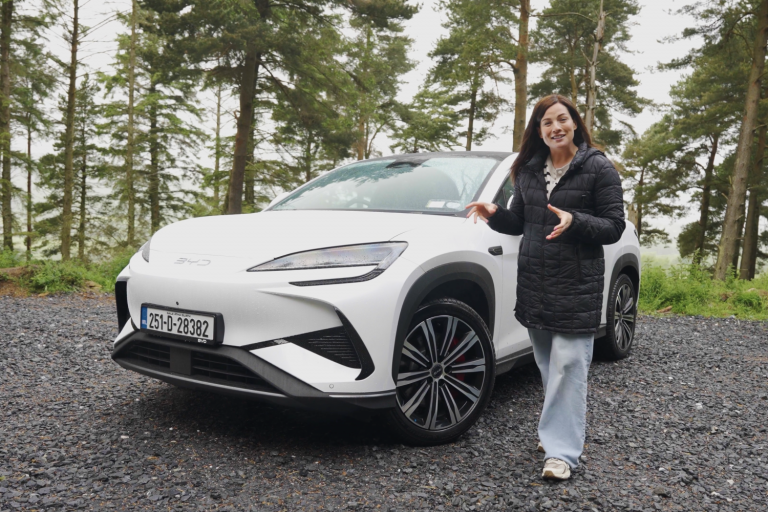
BYD Sealion 7 Video Review
We get behind the wheel of the brand-new BYD Sealion 7 to see what all the fuss is about
Big change for Irish EV drivers from July
What you need to know before next week
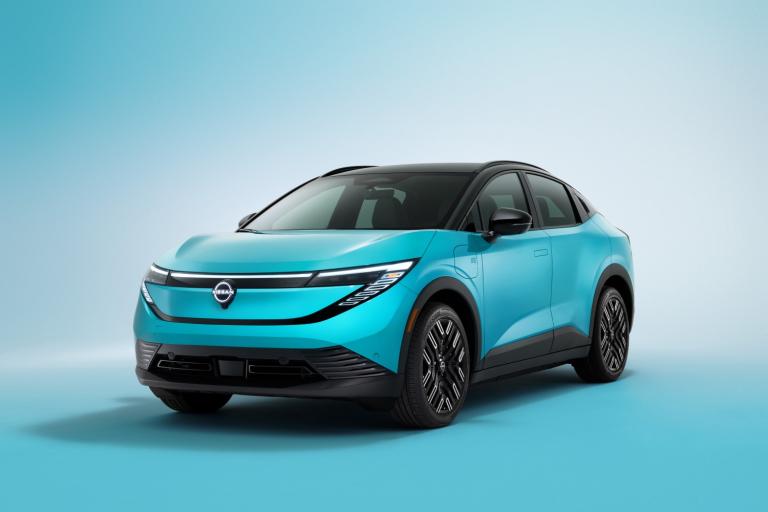
New Nissan Leaf Revealed
Ireland’s most iconic EV Is back – And better than ever
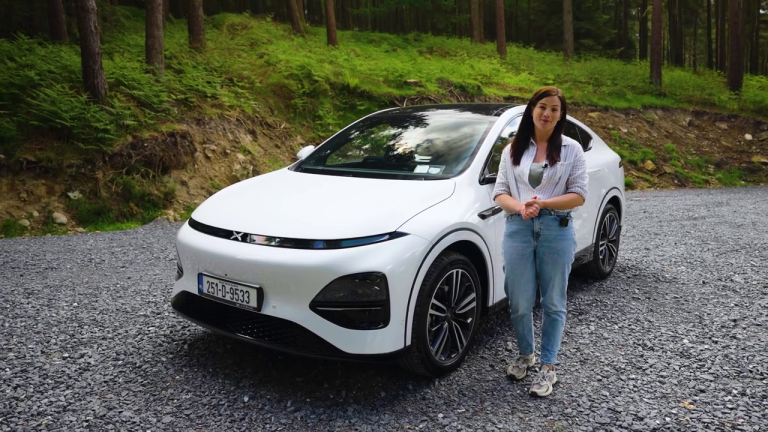
Xpeng G6 Video Review
Will the Xpeng G6 make a strong case for itself against established rivals in Ireland?

Sell Your Car Privately vs. Trade-In: What’s the Best Option for You?
What are the pros and cons of each way of changing your current car for a shiny new one?
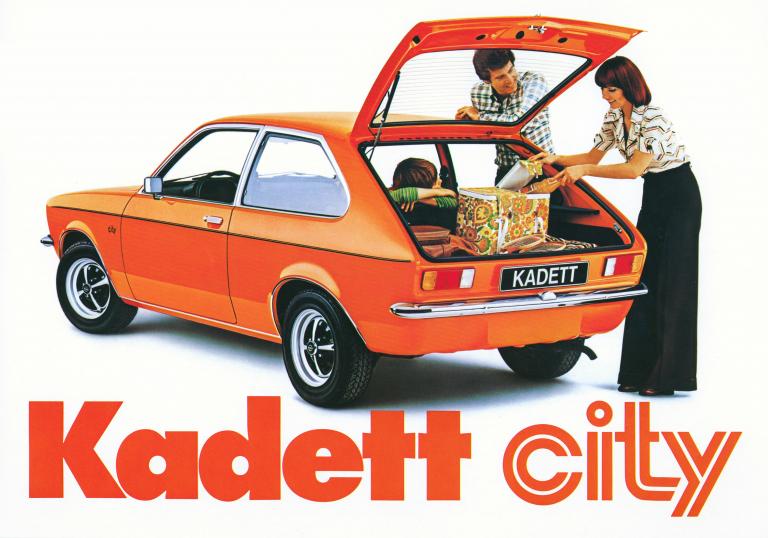
The Opel Kadett City Turns 50
Opel’s compact class hero turns 50 this year.
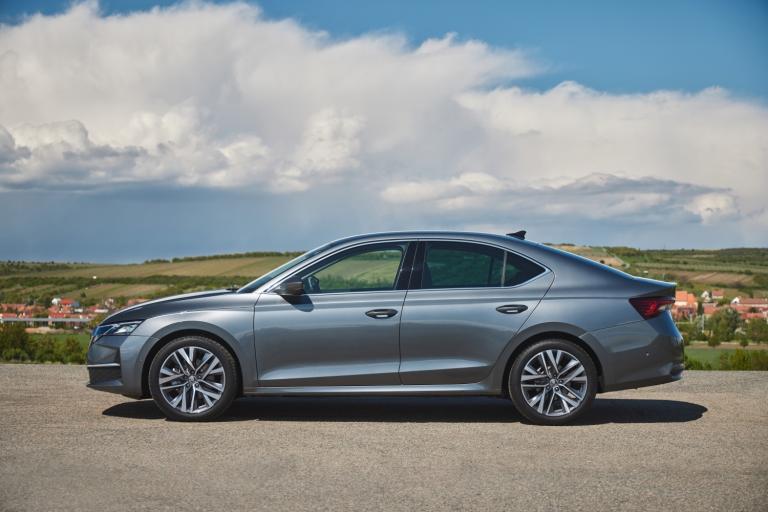
The best-selling cars of 2025 so far
The usual suspects?

Volvo Reveals World-First Multi-Adaptive Safety Belt
Volvo has just announced a major safety breakthrough

Opel Reveals Adventure-Ready Frontera GRAVEL Concept
Tougher, bolder, and made for the wild.
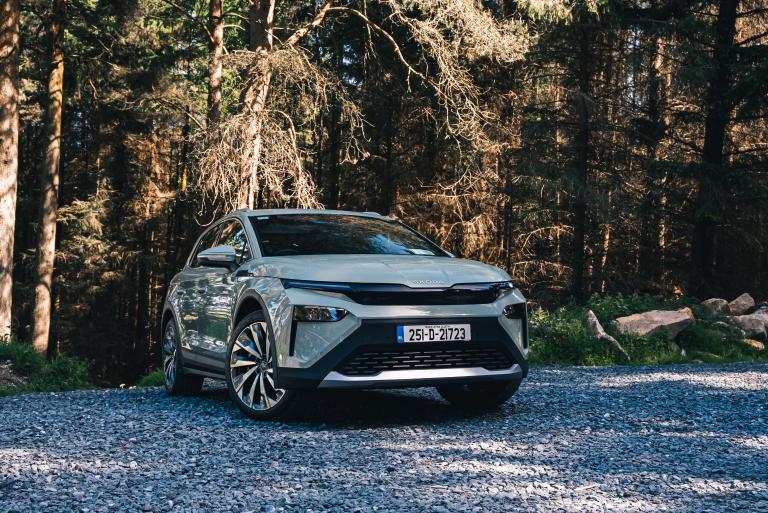
Škoda Elroq Video Review
We get behind the wheel of Škoda’s new all-electric family SUV – the Elroq 85
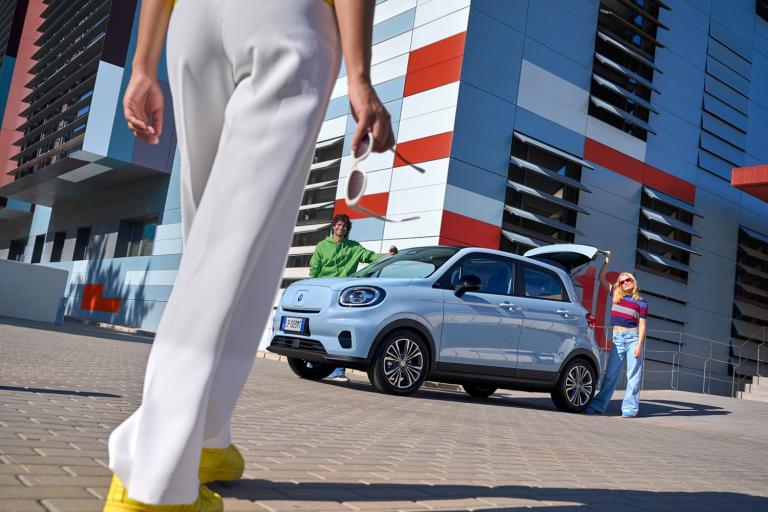
Leapmotor to Launch in Ireland This September Under Gowan Auto
Chinese EV brand Leapmotor arrives this autumn with strong backing from Gowan Auto
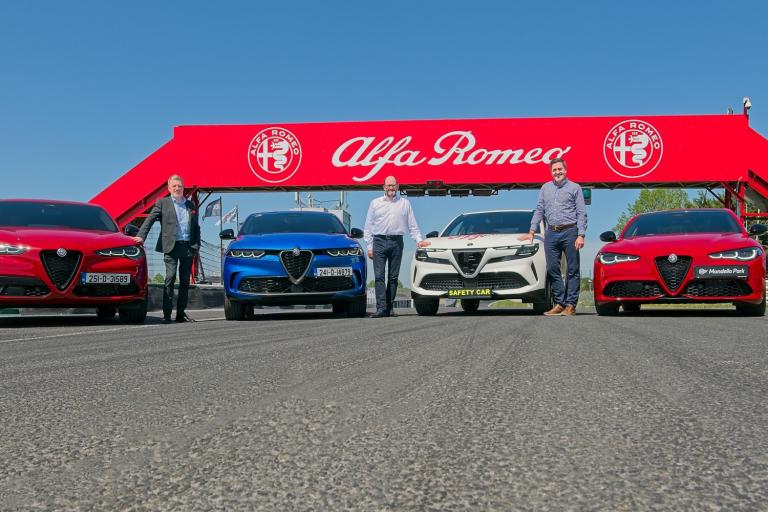
Alfa Romeo Sponsors Mondello Park Bridge
Alfa Romeo Ireland partners with Mondello Park in a landmark sponsorship

Fiat Reveals Grande Panda 4x4 Concept
The iconic Panda 4x4 is back in concept form

Mark Woods Appointed President of SIMI
SIMI Welcomes New President
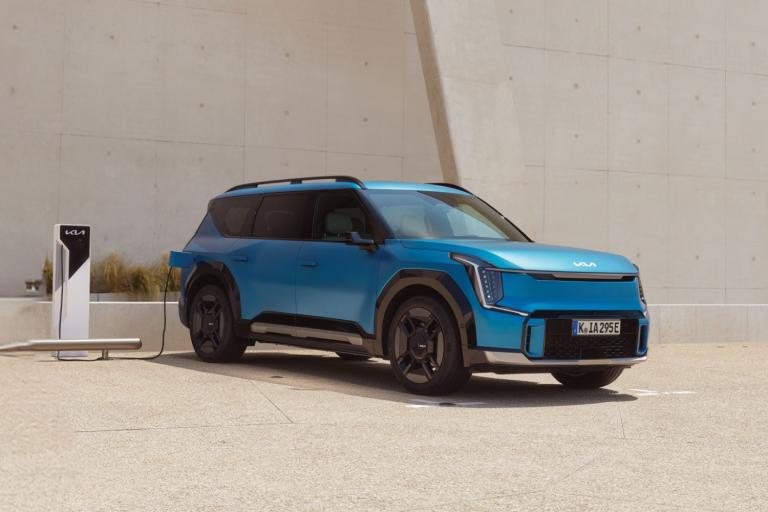
Kia Charge Grows: 4,500 Points & New Plans
Kia drivers in Ireland now have access to over 4,500 public chargers
Nissan Brings Back the Micra as a Fully Electric Supermini
Nissan’s iconic supermini is going all-electric with a fresh design and French-built platform.

BMW Ireland Launches Future Entrepreneur Competition
BMW Ireland teams up with entrepreneur Peigín Crowley to launch a national competition

Škoda Reveals Most Powerful Enyaq Yet with New RS Models
All-electric performance meets everyday practicality in Škoda’s fastest and most advanced EVs to date

T.P. Waters Appointed Main Dealer for Fiat, Jeep and Fiat Professional
Well-established Kildare dealership adds Fiat, Fiat Professional and Jeep to its portfolio